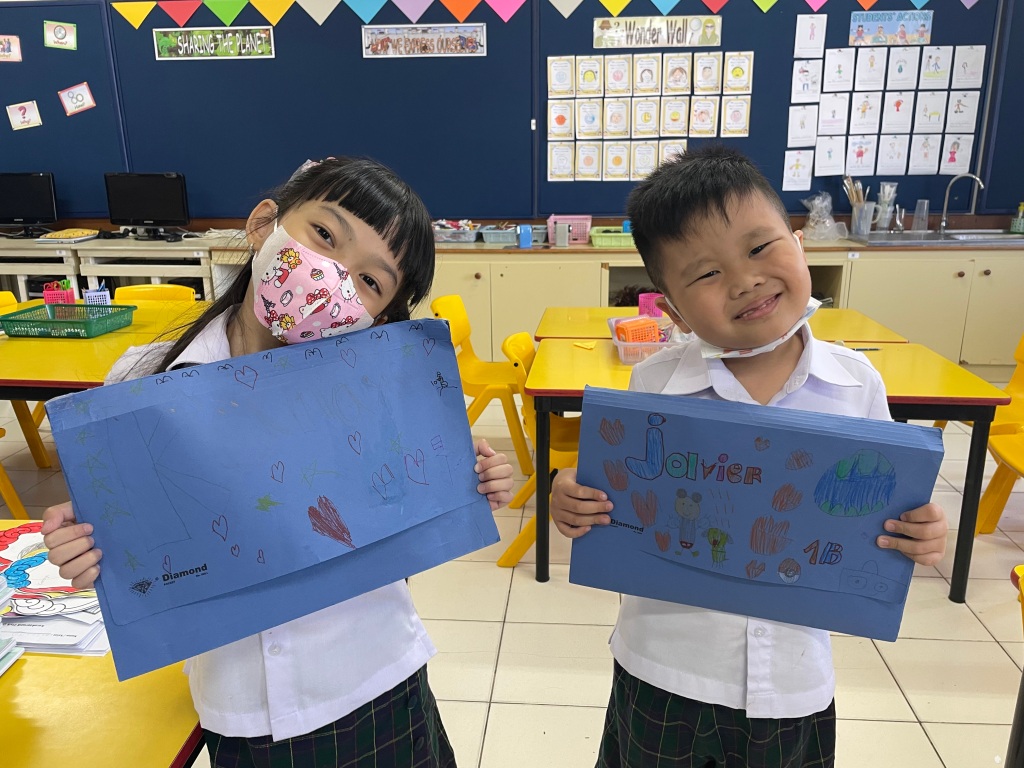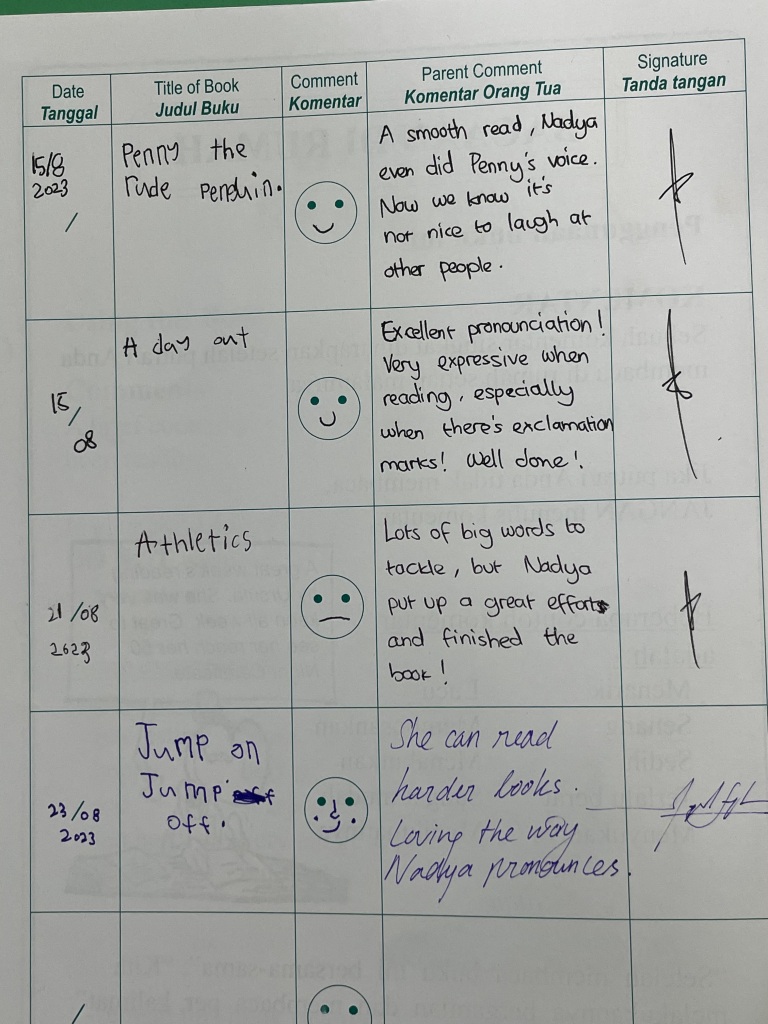agency
A Quick Guide to Parents: Top 5 ways to Support Approaches to Learning Development
Parents are our greatest allies. No questions there.
But…
Do they always know exactly how to support us?
How often do we, educators, communicate objectives and strategies?
How exactly can they play a significant role in their children’s education?
Evidently, some of our students’ parents are busier than others, but the vast majority are incredibly willing to cooperate. After all, in our contexts, who does not want to see their children shine and succeed?
Uncertainty – and at times, great certainty – is what stands in the way of a strong partnership. As a mother, I have always appreciated when my son’s teachers tell me exactly how I can be of help.
As our school moves forward with the development of PYP, MYP, and DP and robust practices, we wonder how we can empower our valued partners to support approaches to learning development.
Coffee mornings, workshops, and newsletters are among a few practices we run to involve and inform parents of what is happening at Sekolah Ciputra. Our latest creation is a simple one, but we thought of sharing it with the whole PYP Dunia community and because we believe that ideas for strengthening teacher-parent partnerships are never too much.
Bianca Starck
Grade 1 Teacher/ ATL Coordinator
Sekolah Ciputra
mbiancastarck@gmail.com
Using the PYP Learning Resources to Build Teacher Capacity and Strengthen Our Culture of Learning
Lifelong learning, differentiation, and goal setting: themes that are constantly hovering in our minds. However, when it comes to us, PYP educators, how much do we actually dedicate to lifelong learning? How is learning differentiated for us? When do we find the time to set new goals?
Upon reflection, we realise that the approaches to learning are for everyone in the community, just like the learner profile attributes. We understand that we also need our communication, thinking, social, research, and self-management skills to be cultivated and further developed, not only for our personal growth but also for our teaching practice as role models.
Nevertheless, that is easier said than done: as educators, our time and funds can be limited and professional development may easily appear at the bottom of our huge to-do list. Professional development sessions in schools are usually led by the leadership team and might not be as differentiated as teachers wish they were.
Is it “it is what it is”? For us, definitely not! This challenge became a mission and a driving force.
The initiative
Our school has dedicated some of our scheduled staff meeting times to run in-school PD sessions, when teachers explore the powerful, free, and available-to-all PYP Nano Resources and PYP Playlist.
Agency
Each of these meetings has offered between 4 and 6 sessions, which our teachers can choose from according to their needs and interests. The sessions are facilitated by one or two teachers who have previously explored the resource and start with a provocation before the small groups collaboratively follow the structured, self-paced learning journey. In the meantime, they share ideas, experiences, questions, and reflect about possible goals. As a wrap-up, teachers engage in a thinking routine and document their learning in a Padlet.

Feedback
It could not have been more positive! Some of the comments include their opportunity to facilitate the learning of an area they are passionate about, as well as the time and agency provided for professional development and capacity building. Other precious feedback was about getting to know the free and self-paced PYP resources and how teachers benefited from small group discussions as they dived into the short workshops collaboratively.


Lessons learnt
A commitment to lifelong learning does not have to be costly! The IB provides plenty of free opportunities for professional development. In addition, our teachers are precious assets whose rich experience can lead and inspire. By developing their own approaches to learning, they feel more empowered to model them in their teaching practice. Lastly, voice, choice, and ownership are for all in the learning community, making learning more personalized, relevant, and stickier.
Bianca Starck
ATL Coordinator and PYP 1 Teacher
Sekolah Ciputra
Surabaya, Indonesia
Empowering readers – How agency has motivated our students to read
The numbers are staggering: According to Unesco data, the Indonesian reading interest rate is very low: 0.001%, which means that out of 1000 Indonesians, only one is interested in reading (as cited in Perpustakaan, 2022). Similar studies reveal that reading around the globe has been declining substantially, especially amongst the youth who demonstrate a preference for electronic media. The pandemic only aggravated the already worrisome scenario: while the time spent on electronic media has skyrocketed among children and teenagers, reading time has declined or remained flat depending on the cultural context.
Our context
At Sekolah Ciputra, the challenges are not different. Most of my PYP 1 students (Grade 1) told me that they did not like reading in their first days back in school. Increased reading performance is an area of focus across the continuum as we agree that reading is one of the most important transdisciplinary skills. Taken aback by my students’ comments about not being that interested in reading, I decided to take action. As I believe that no one can be taught to like something, I have chosen agency to inspire my potential future avid readers.
There is nothing new about the system implemented in PYP1. Students have taken books home to read with their families since last year but, unlike 2022/2023, students are now in charge of selecting the books they are going to read. They also have a special place to carry their written treasures, named book pouches by this author. Finally, students now know what good-fit books are. These agentic twists in the system have been promising.
Book pouches
Decorating their book pouches set the tone of the importance and value of what was going to be carried inside. My students used their creativity and took their time to personalize their pouches without pressure – which led some of them to take a few days to finish off. However, I felt it was important for them to feel proud and take ownership of their pouches.



Home reading
My young readers are encouraged to read aloud to their parents at home and are allowed to keep their books for as long as they need. Their home reading is documented on a reading log, where parents have a chance to leave me a message if they wish. My initial expectation was based on last year’s experience, when students read 2 books per week – not to mention the ones who never read or lost their books. I was pleasantly surprised to witness a tripled reading rate and parent participation in the reading log.
“Shopping” for books
When students are ready to borrow new books, it is their responsibility to return the previous 2 books and choose 2 others. We call this system “shopping for books”. The Book Shop is located in the Literacy Area down our corridor, and students can independently find the colour-coded book holder with their good-fit books (explained below). PYP 1 teachers are delighted to see our students’ independence and motivation. Some of our students exchange books every day! As they do it, they browse through the books available and make comments such as “This looks fun”, “Oh no, this is too hard/easy”, and the best “Can I read it now?”.


Good-fit books
A discussion with my 6 and 7-year-olds about good-fit or the Goldilocks-type of book has been fruitful. A book that is too easy or too hard will most likely be a reading-joy killer. My students now understand why they shop at different bookholder colours and the importance of finding the “just-right” book. This knowledge has also been transferred to selecting books during their visits to the library and, out of the three books borrowed, at least one is a good-fit book. Hence the importance of having varied titles and levels readily available, including non-fiction. Finding a book that interests them and that they can actually read is a crucial step to motivating students.

Words for thought
Trusting that our students can and should be in charge of their reading has empowered them to be more independent, responsible, and motivated. Very often, teachers (myself included) want to get everything ready for students to optimize learning and teaching time. However, by doing so, we are also limiting their chances to think for themselves, choose, act, and reflect.
Agency in the “little things” can lead to big results. In our case, reading motivation and parental involvement. After 4 weeks of systematic home reading, it is too soon to gather quantitative data to measure the impact on student performance. However, we believe that consistency in the programme will inevitably lead to a positive impact. As we continue to strengthen this system in PYP 1, we plan to extend it across Primary.
We will be back to reveal qualitative and quantitative data, so stay tuned!
Reference:
Perpustakaan. (2022, August 9). Reading Interest in Indonesia – Perpustakaan. Perpustakaan UNJ. http://lib.unj.ac.id/en/reading-interest-in-indonesia/
Bianca Starck
ATL Coordinator and PYP 1 Teacher
Sekolah Ciputra
Surabaya, Indonesia
